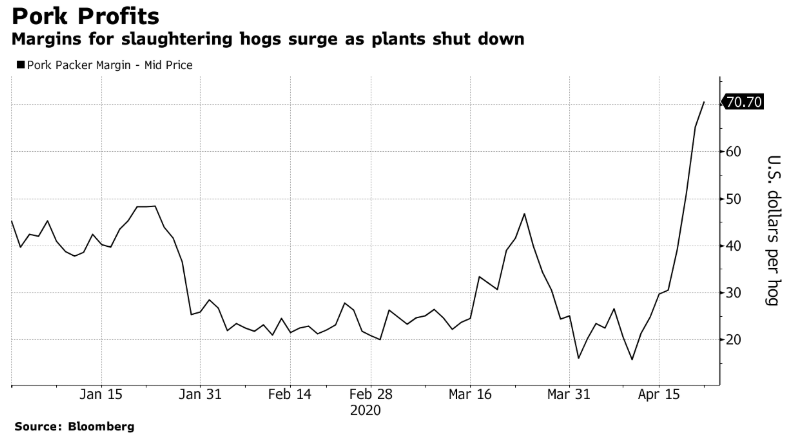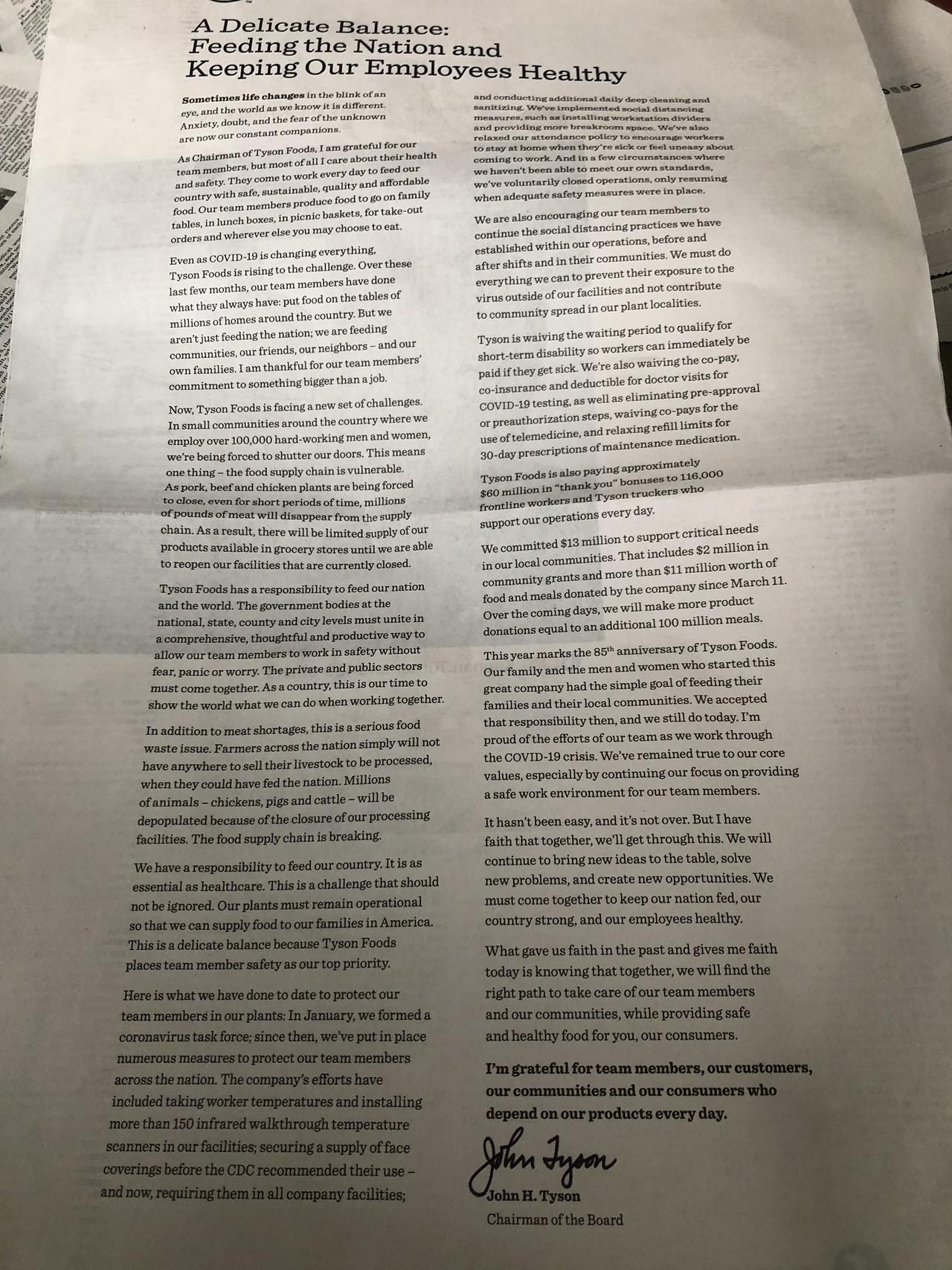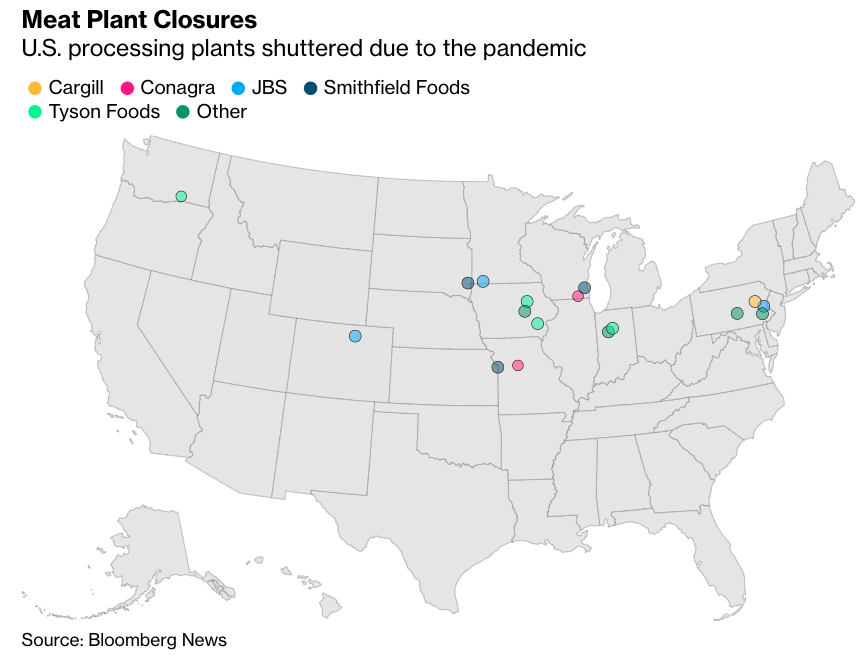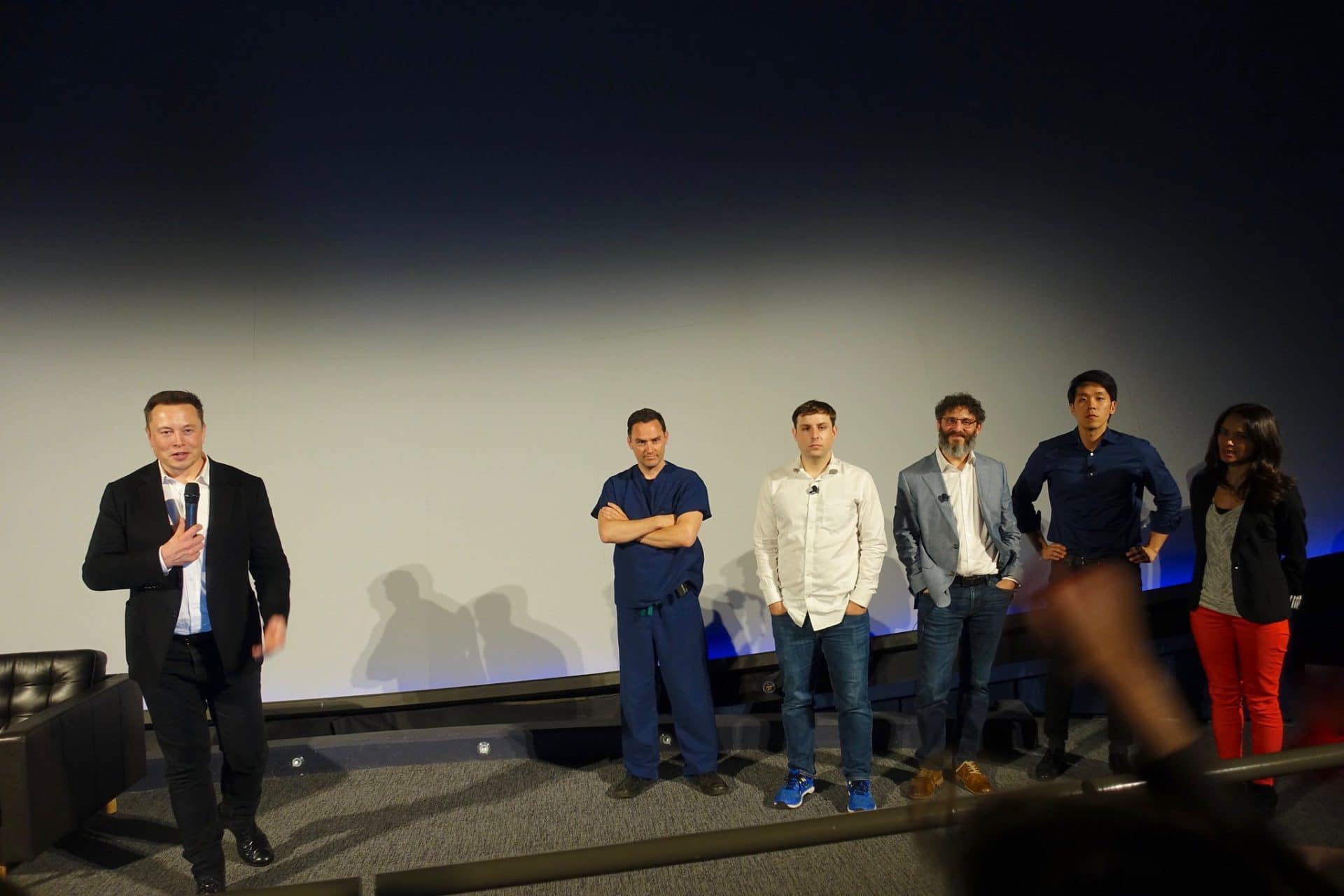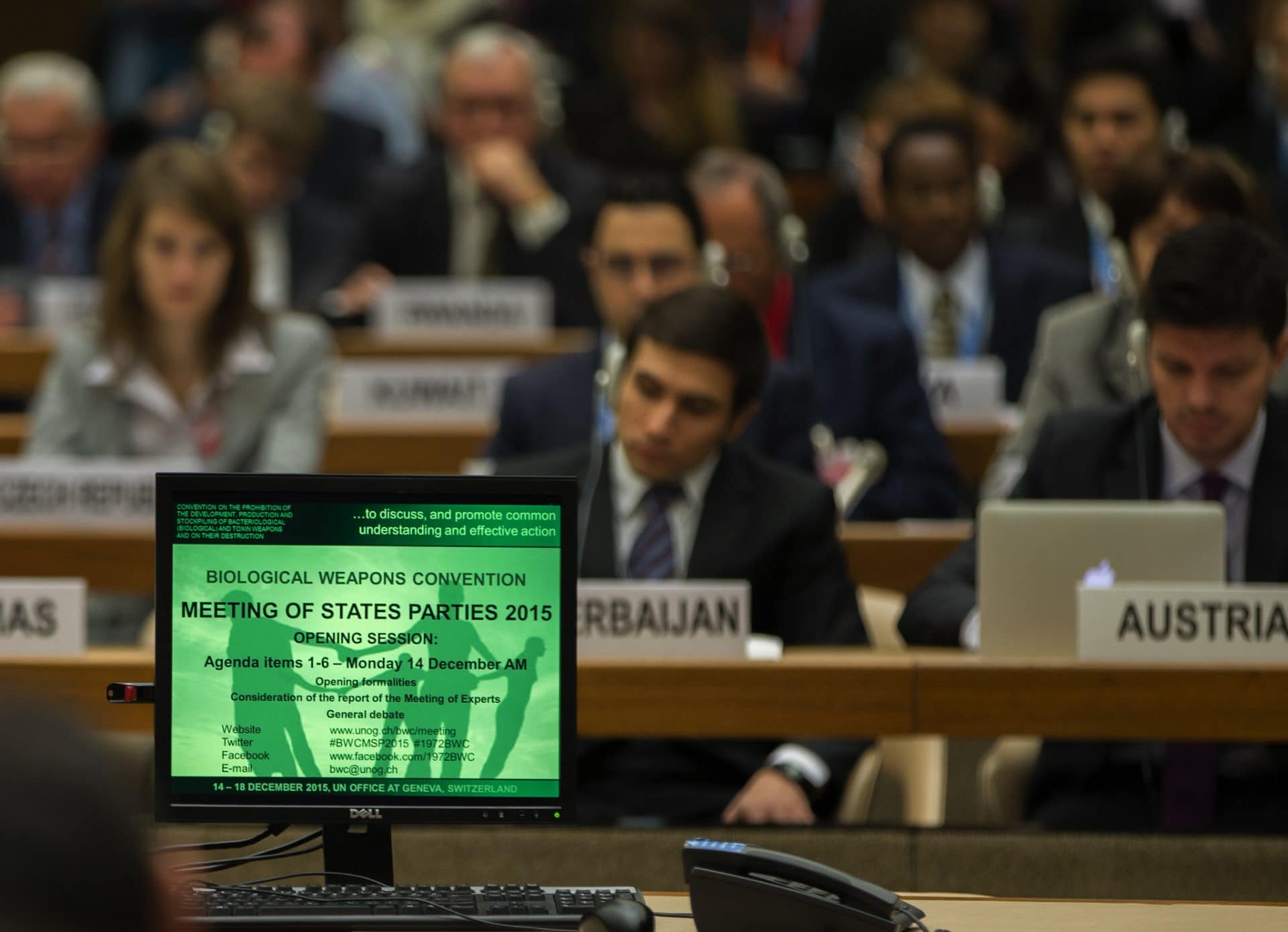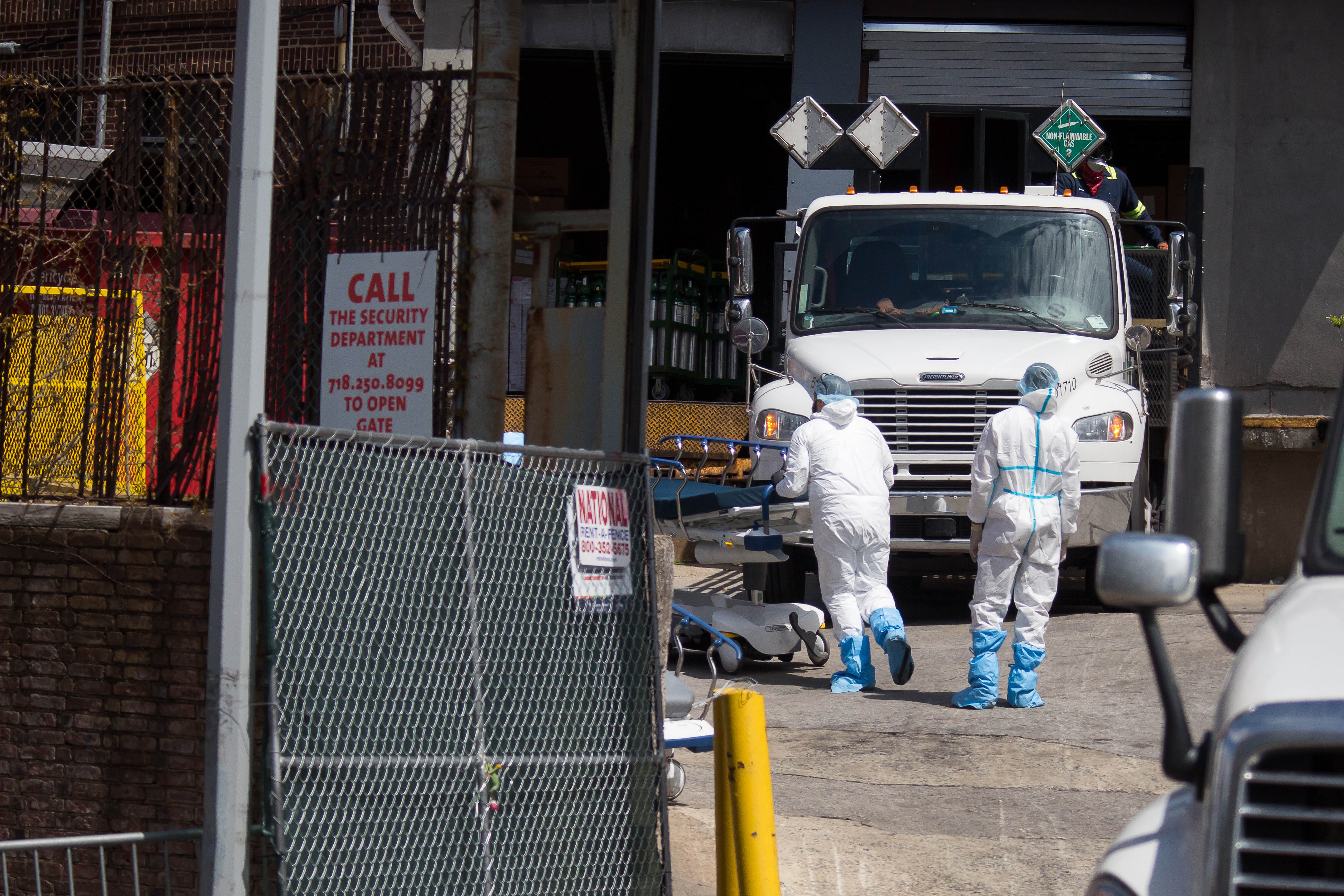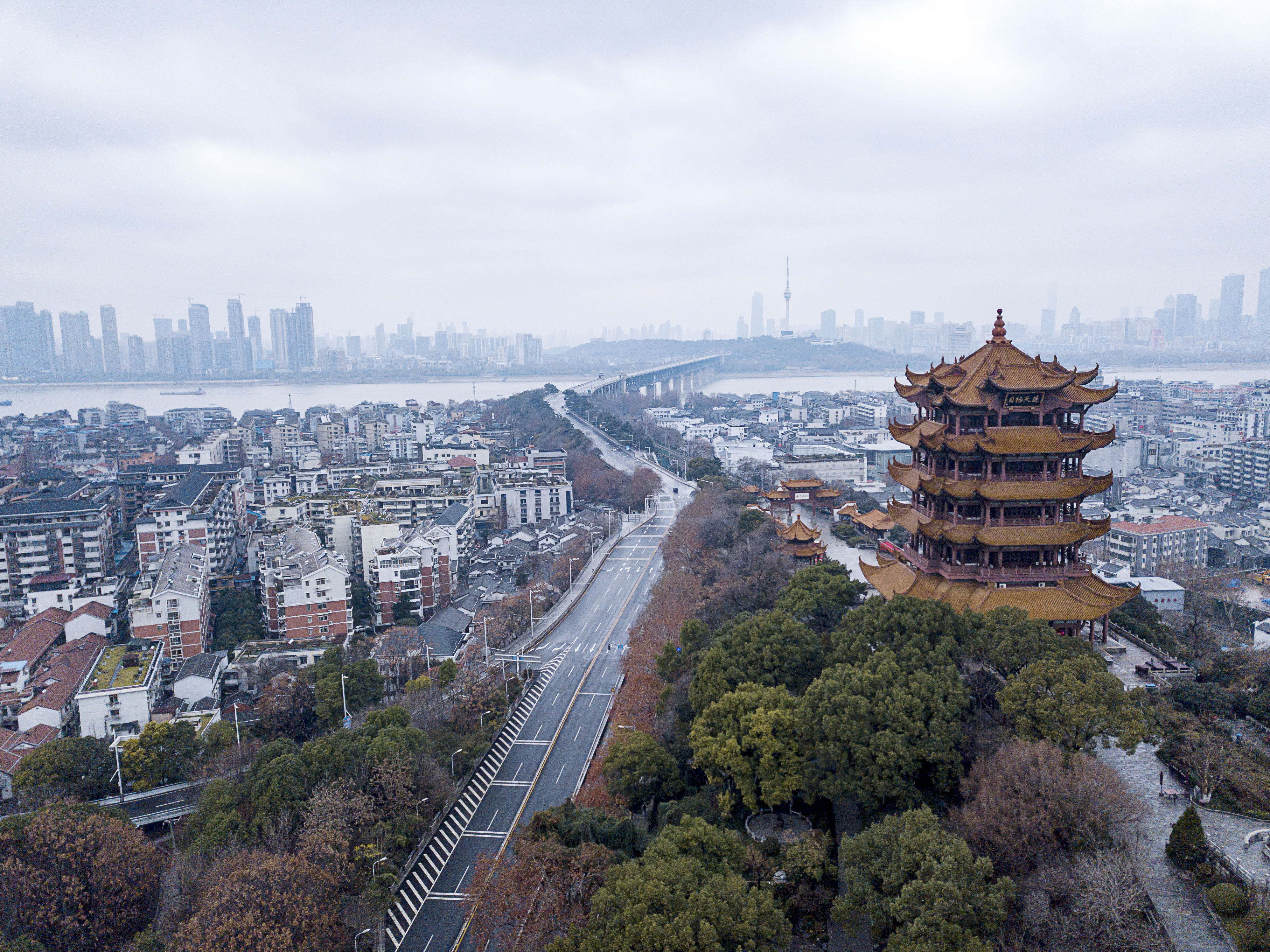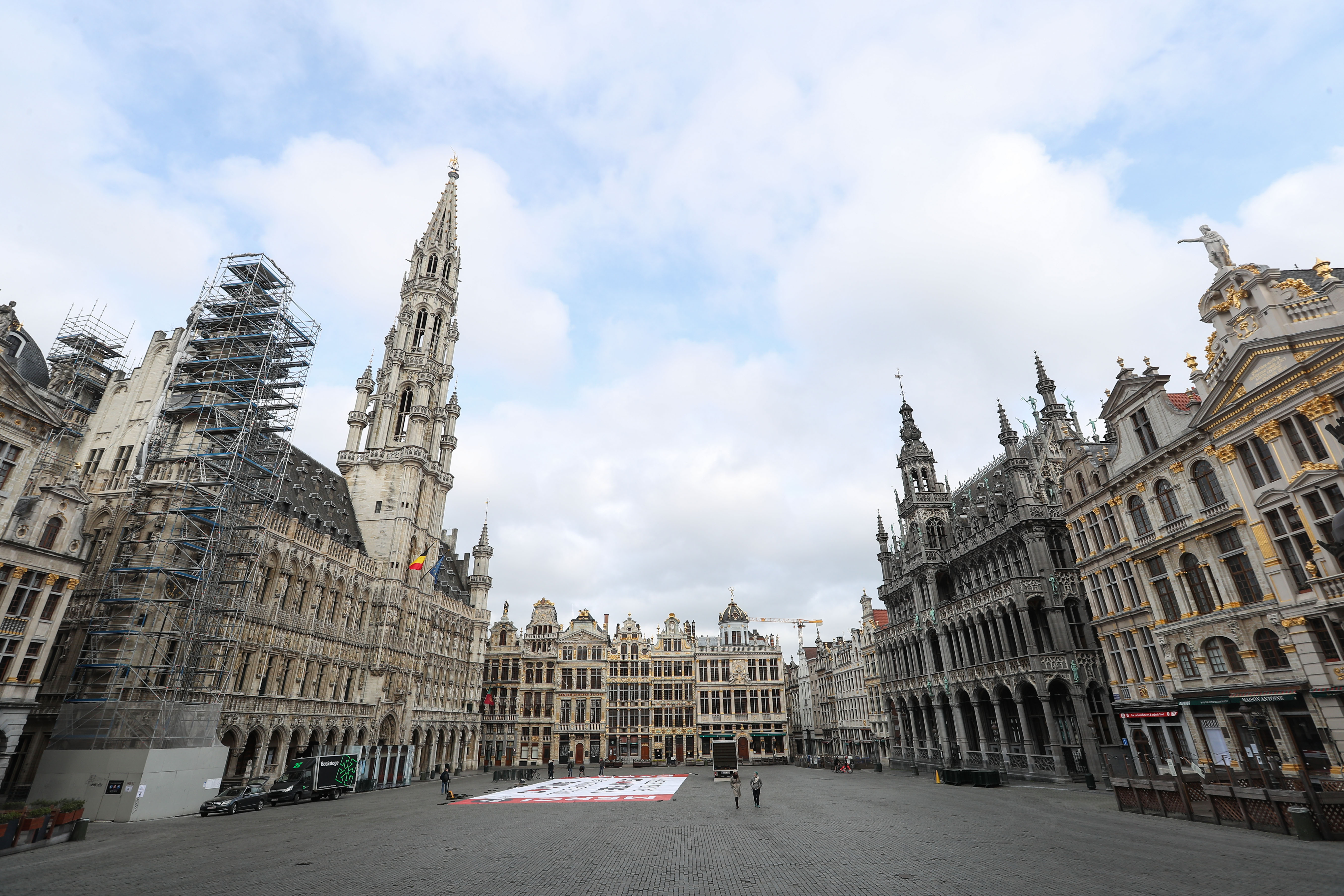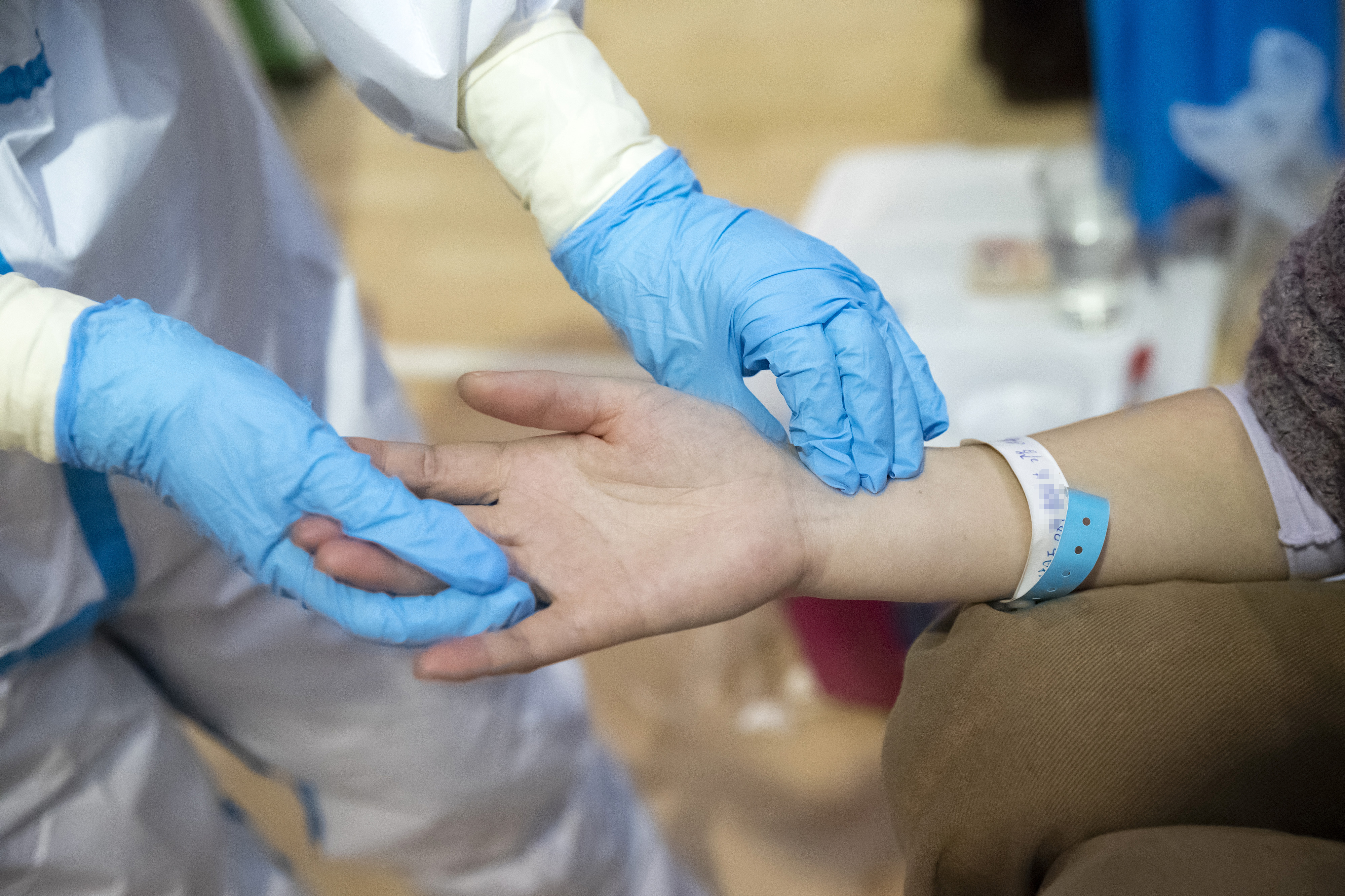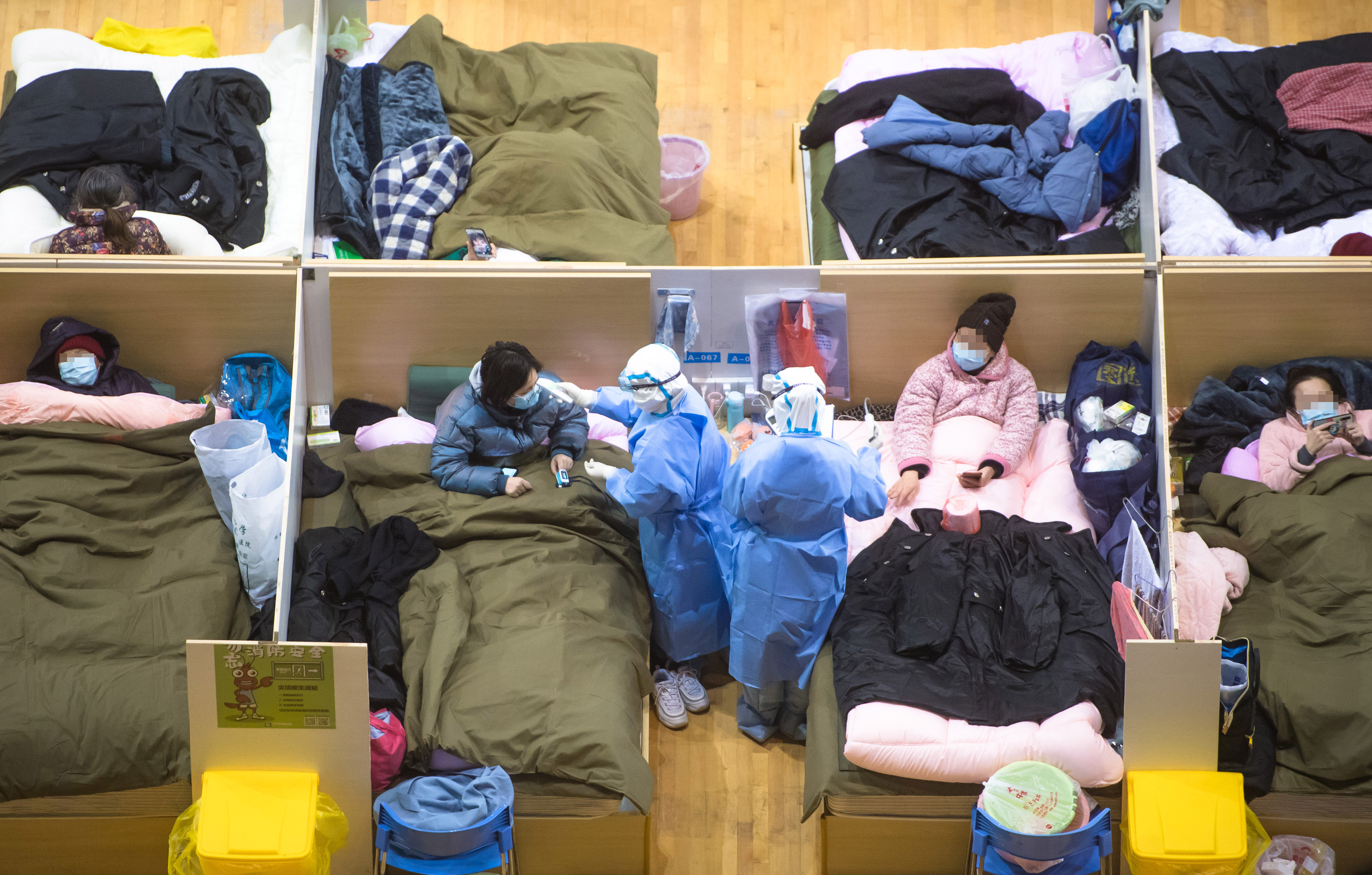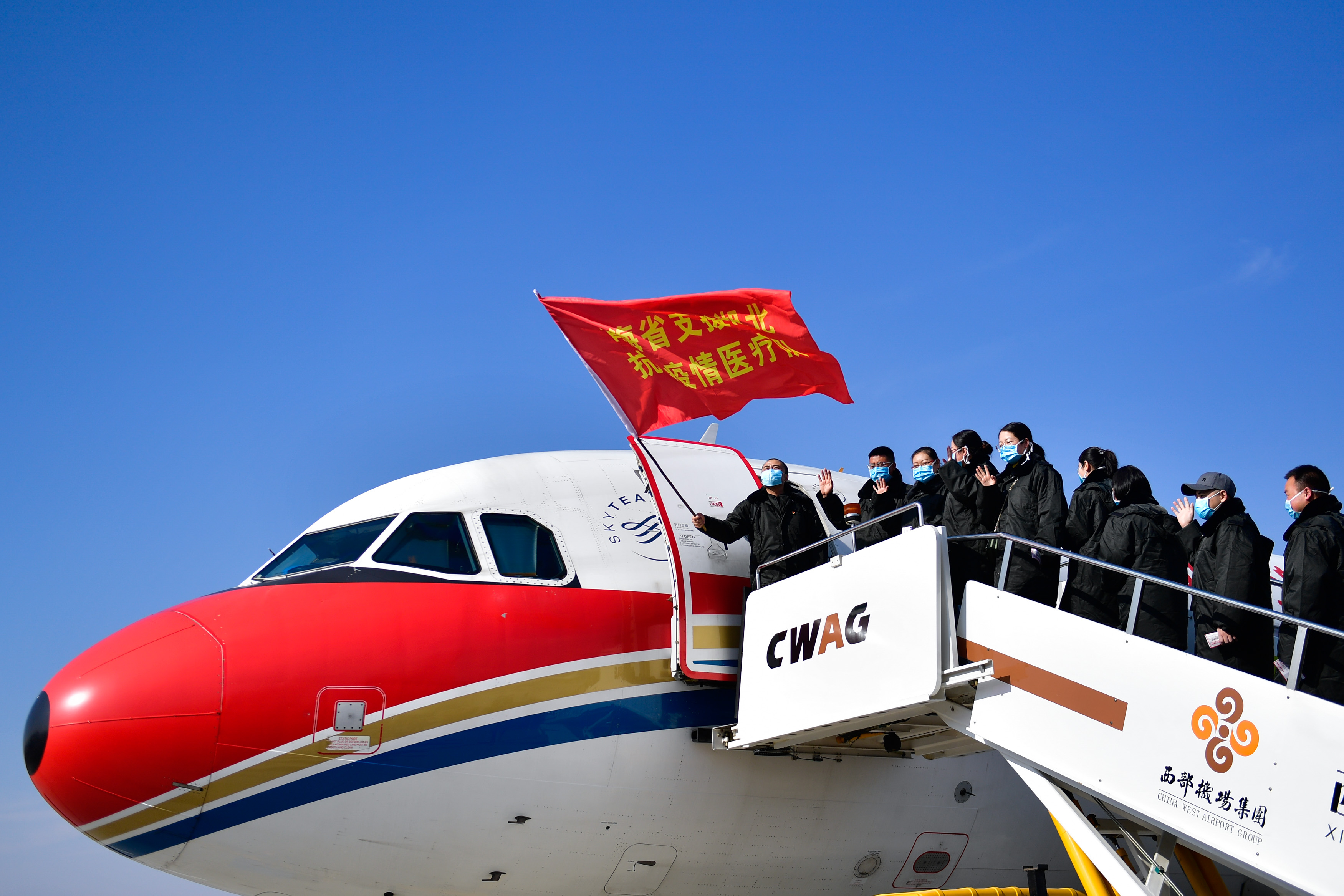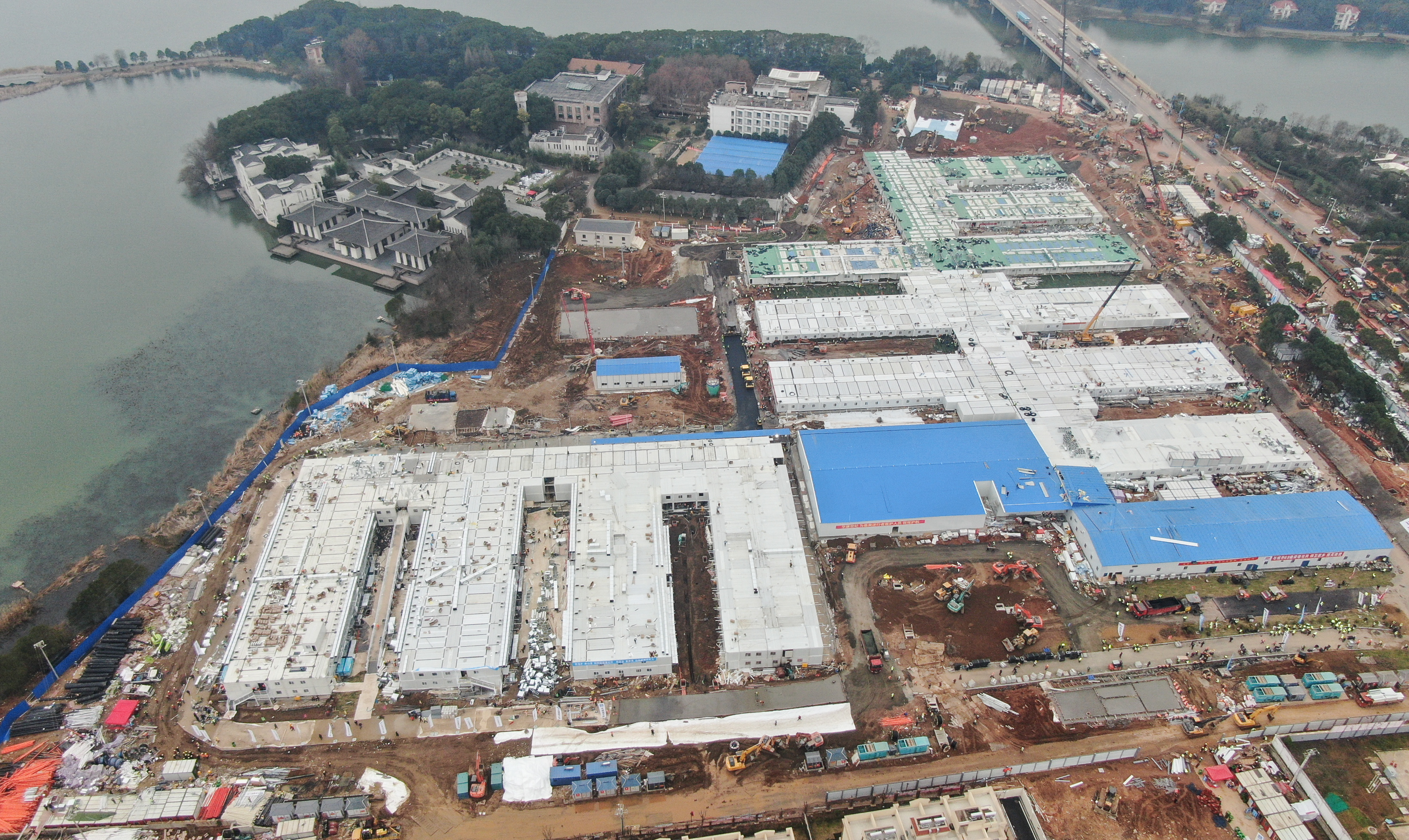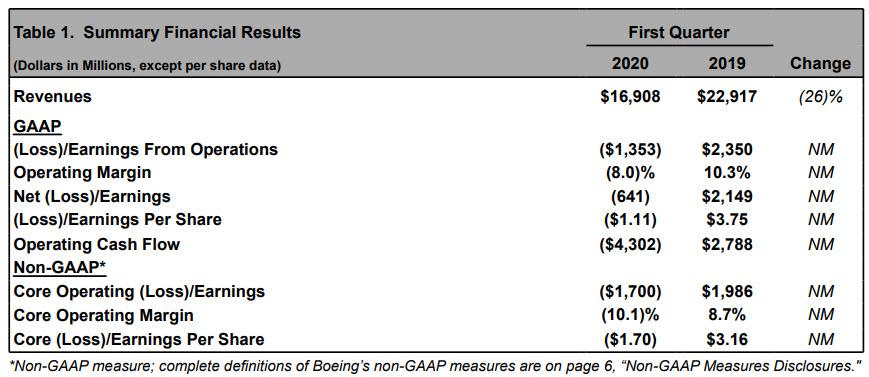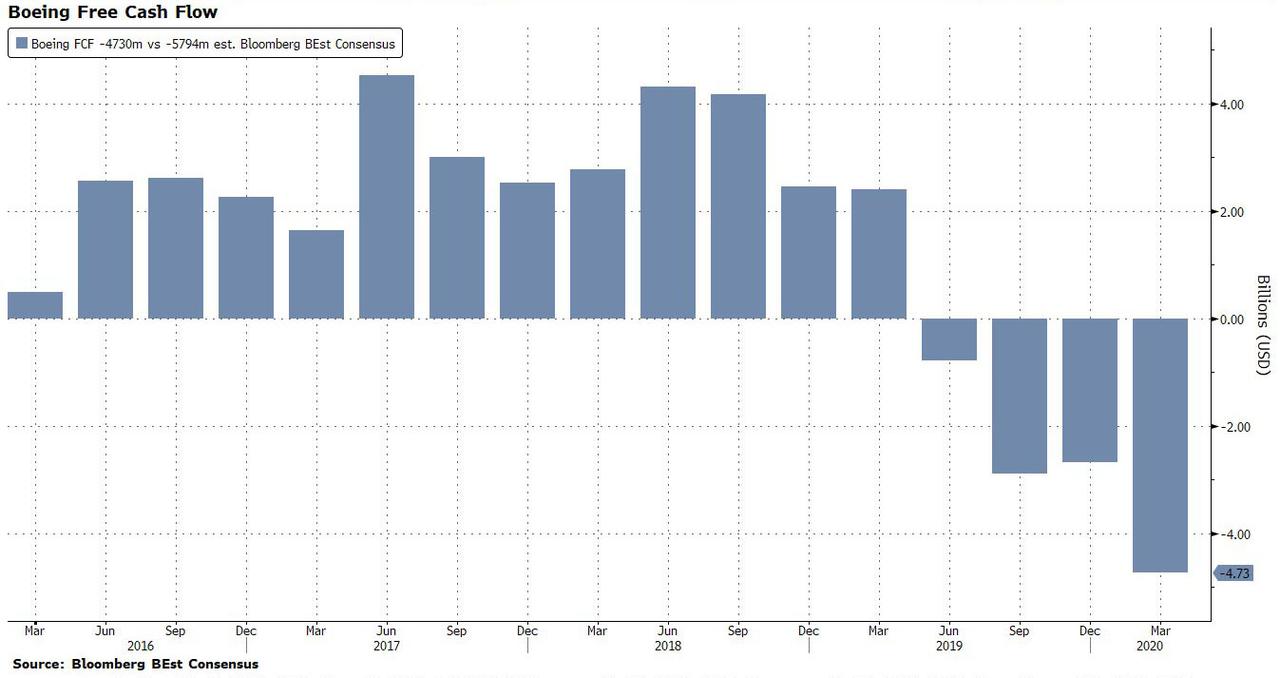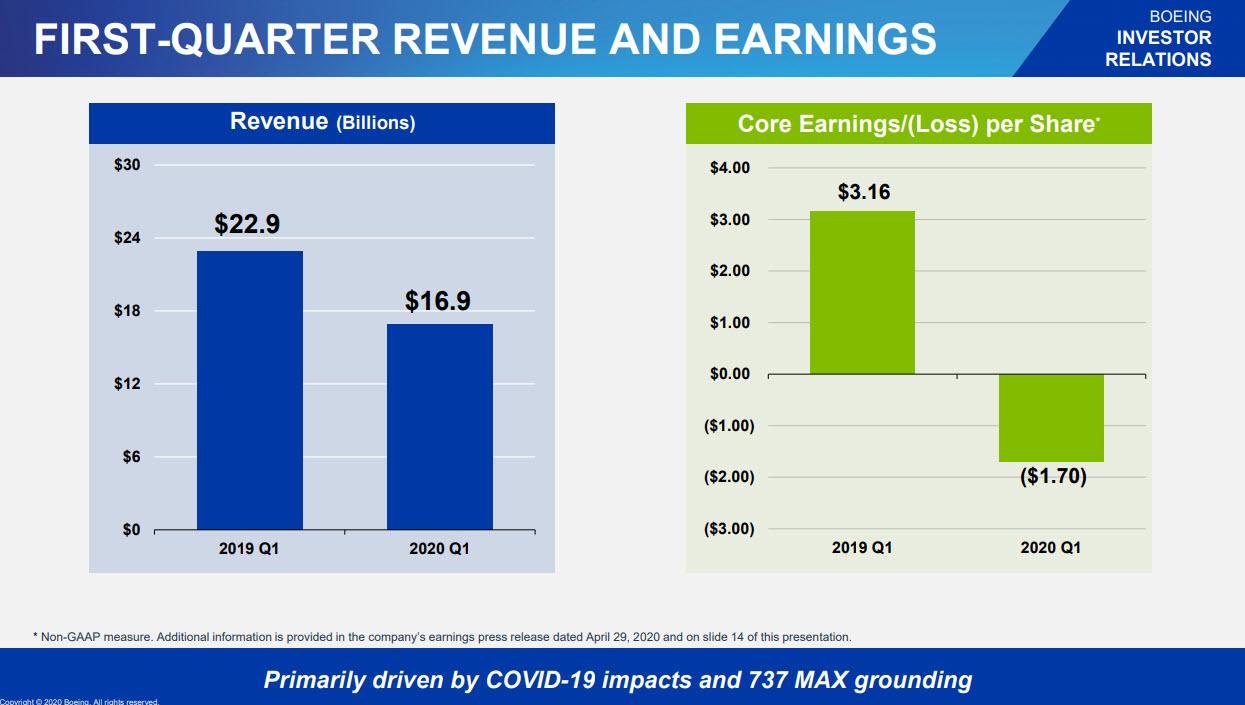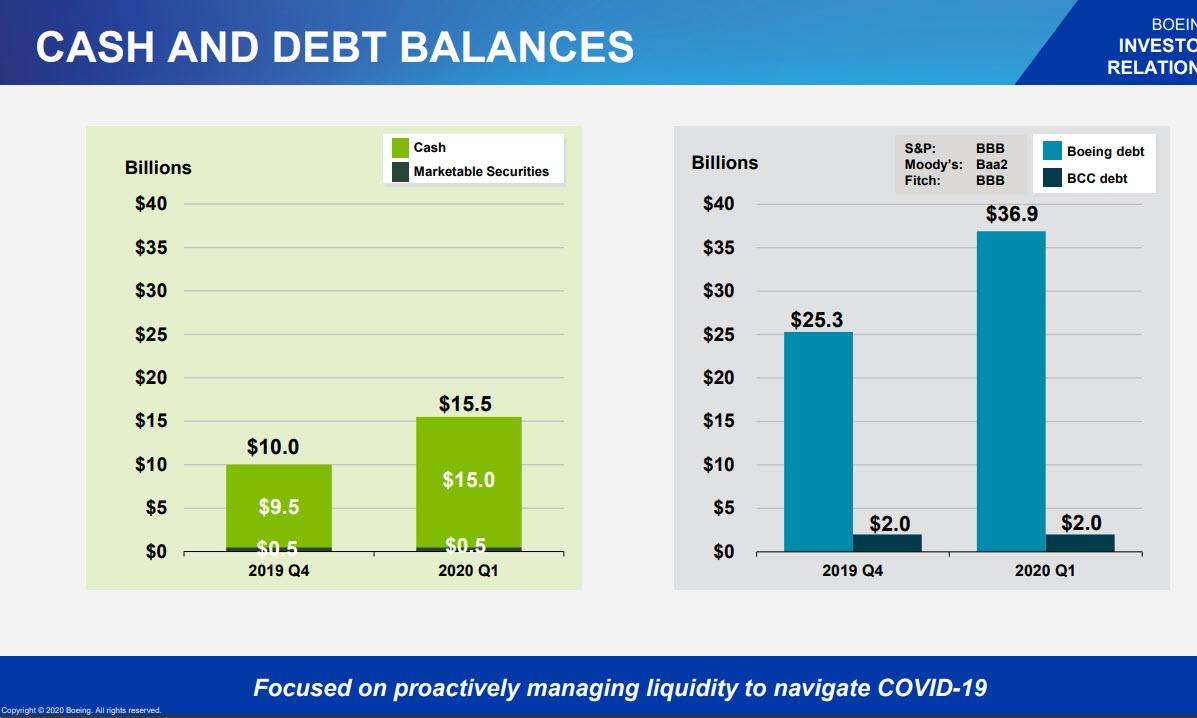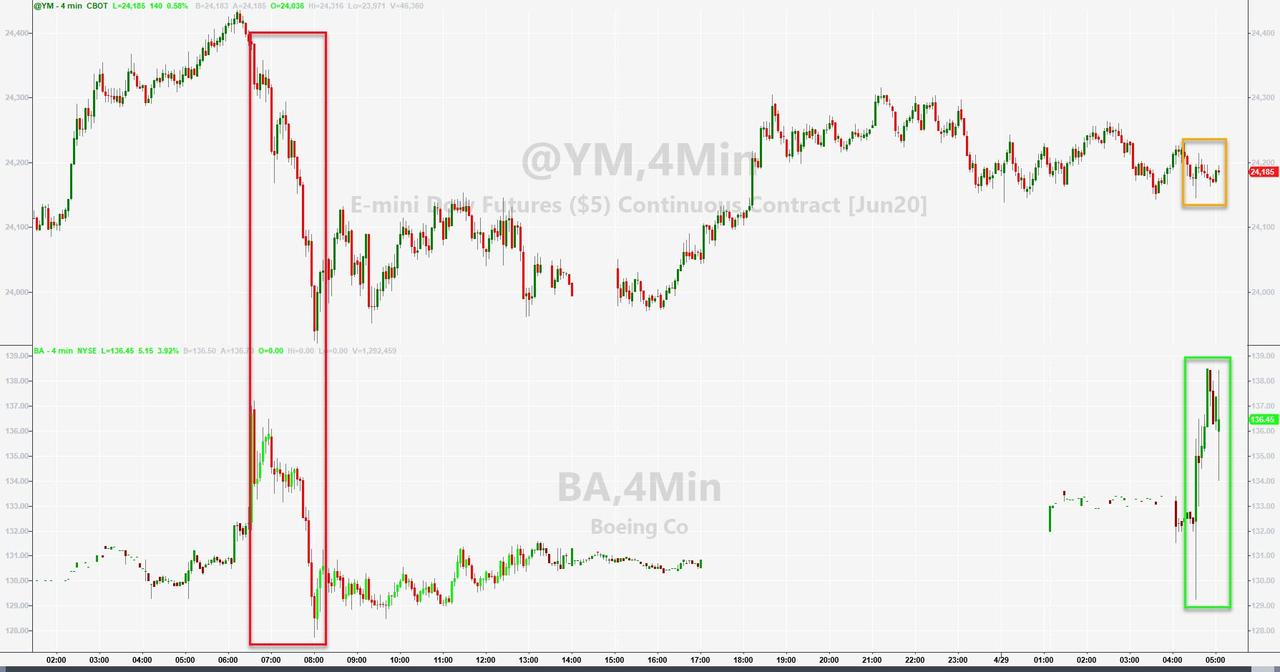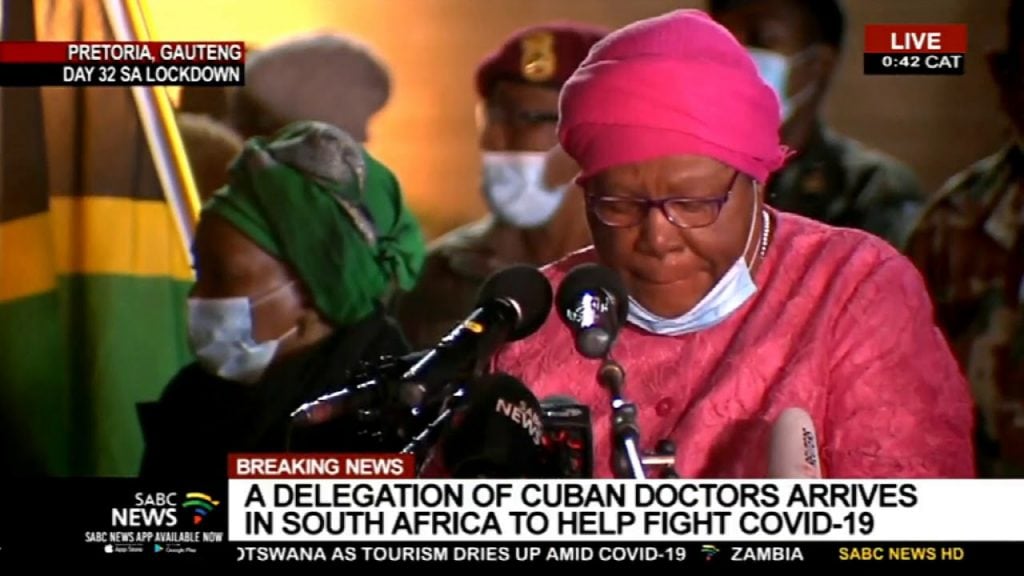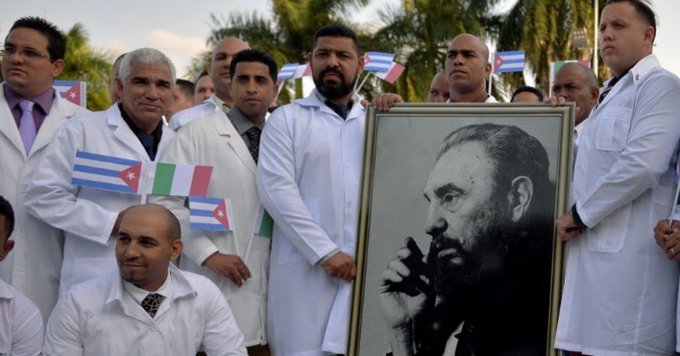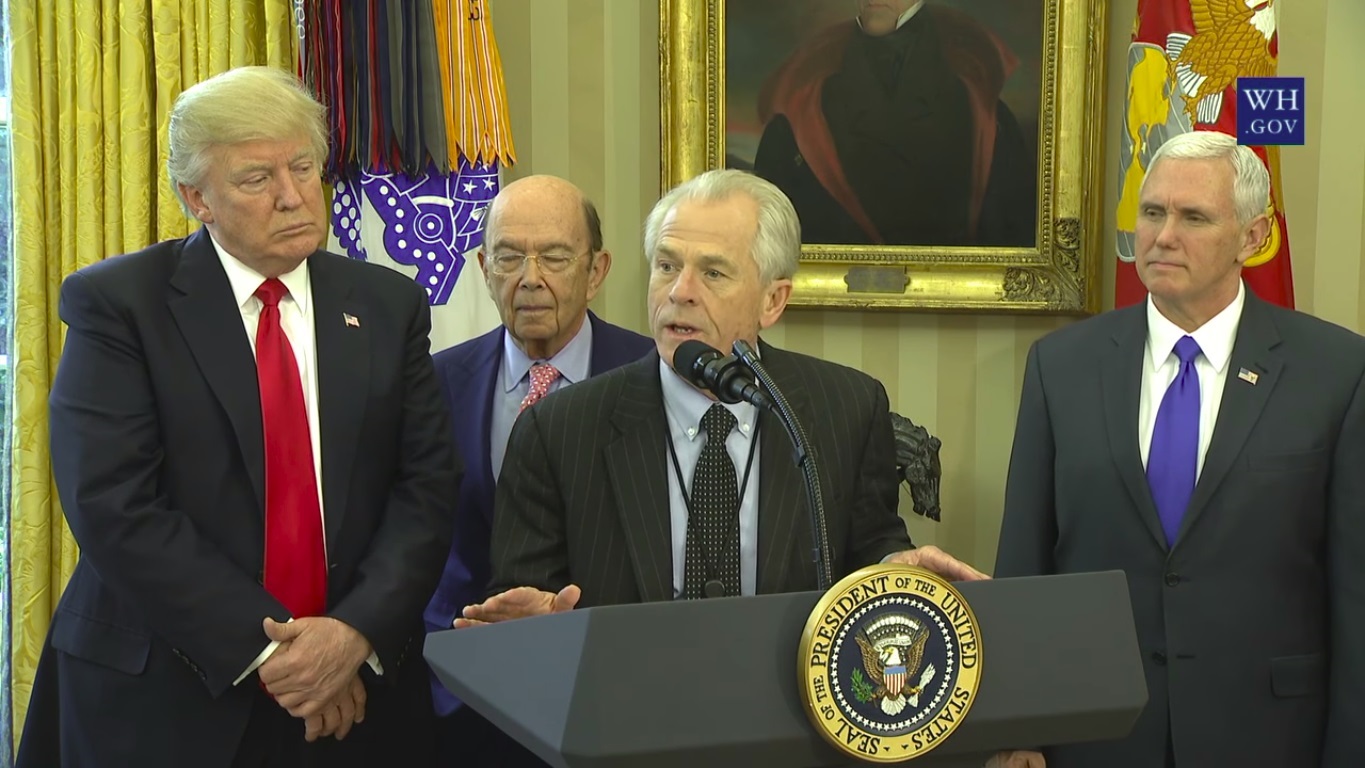After WWI, the distinguished British economist Edwin Cannan was asked, somewhat reproachfully, what he did during the terrible war years. He replied: “I protested.” The present article is a similar protest against the current lockdown policies put into place in most countries of the Western world to confront the current coronavirus pandemic.
Here in France, where I live and work, President Macron announced on Thursday, March 12, that all schools and universities would be shut down on the following Monday. On that Monday, then, he appeared on TV again and announced that the entire population would be confined starting the very next day. The only exceptions would be “necessary” activities, especially medical services, energy production, security, and food production and distribution. This policy response was apparently coordinated with other European governments. Italy, Germany, and Spain have applied essentially the same measures.
I think that these policies are understandable and well intentioned. Like many other commentators, I also think that they are wrongheaded, harmful, and potentially disastrous. An old French proverb says that the way to hell is plastered with good intentions. Unfortunately, it seems as though the present policies are no exception.
My protest concerns the basic ideas that have motivated these policies. They were clearly enunciated by President Macron in his TV address of March 12. Here he made three claims that I found most intriguing.
The first one was that his government was going to apply drastic measures to “save lives” because the country was “at war” with the COVID-19 virus. He repeatedly used the phrase “we are at war” (nous sommes en guerre) throughout his talk.
Secondly, he insisted right at the very beginning that it was imperative to heed the advice of “the experts.” Monsieur Macron literally said that we all should have to listen to and follow the advice of the people “who know”—meaning who know the problem and who know how best to deal with it.
His third major point was that this emergency situation had revealed how important it was to enjoy a state-run system of public healthcare. How lucky are we to have such a system and to be able to rely on it, now, in the heat of the war against the virus! Unsurprisingly, the president insinuated that this system would be reinforced in the future.
Now, these are not the private ideas of Monsieur Macron. They are shared by all major governments in the EU and by many governments in other parts of the world. They are also shared by all major political parties here in France, as well as by President Macron’s predecessors. Therefore, the purpose of the following remarks is not to criticise the president of this beautiful country, or his government, or any person in particular. The purpose is to criticise the ideas on which the current policy is based.
I do not have any epidemiological knowledge or expertise. But I do have some acquaintance with questions of social organisation, and I am also intimately familiar with scientific research and with the organisation of scientific research. My protest does not concern the medical assessment of the COVID-19 virus and its propagation. It concerns the public policies designed to confront this problem.
As far as I can see, these policies are based on one extraordinary claim and two fundamental errors. I will discuss them in turn.
An Extraordinary Claim
The extraordinary claim is that wartime measures such as confinement and shutdowns of commercial activity are justified by the objective of “saving lives” that are at risk because of the burgeoning coronavirus pandemic.
Over here in Europe, we have heard American presidents use such expressions since the 1960s, as in “the war on poverty” or the “war on drugs” or “the war on terrorism” or more recently “the war on climate change.” Odd language of this sort seemed to be one of America’s many eccentricities. It also did not escape our notice that none of these would-be wars have ever been won. Despite the great sums of money that the US government has spent to fight them, despite the new state institutions that were put in place, and despite the great and growing infringements on the economic and civil liberties of ordinary Americans, the problems themselves never went away. Quite the opposite; they were perpetuated and aggravated.
Most of the European governments have now joined ranks with the Americans and consider that they, too, are at war—with a virus. It is therefore appropriate to insist that this is metaphorical language. A war is a military conflict designed to protect the state—and thus of the very institution that is commonly held to guarantee the lives and liberties of the citizens—against malicious attack from an outside power, usually another state. In a war, the very existence of the state is under attack. Clearly, this is not so in the present case.
Moreover, there can be no war with a virus, simply because a virus does not act. At most, therefore, the word “war” can be used here metaphorically. It then serves as a cover and justification of infringements of the very civil and economic liberties that the state is supposed to protect.
Now, in the traditional conception, the state is supposed to protect and promote the common good. Protecting the lives of the citizens might therefore, arguably, justify massive state interventions. But then the very first question should be: How many lives are at stake? Government epidemiologists, in their most dire estimates—whose factual basis is still not solidly established—have considered that about 10 percent of the infected persons might be in need of hospital care and that a large part of those would die. It was also already known by mid-March that this mortal threat in the great majority of cases concerned very old people, the average COVID-19 victim being around eighty years of age.
The claim that wartime measures, which threaten the economic livelihood of the great majority of the population and also the lives of the poorest and most fragile people of the world economy—a point on which I will say more below—are in order to save the lives of a few, most of whom are close to death anyway, is an extraordinary claim, to say the least.
Without going into any detail, let me just highlight that this contention squarely contradicts the abortion policies that Western governments have applied since the 1970s. There, the reasoning was exactly the other way around. The personal liberty and comfort of the women who wished to abort their children was given priority over the right to lives of these yet unborn children. According to World Health Organization (WHO) figures, each and every year, some 40–50 million babies are aborted worldwide. In 2018 alone, more than 224,000 babies have been aborted in France. However serious the current COVID-19 pandemic may yet become, it will remain a small fraction of these casualties. Not only have governments neglected to “save lives” when it comes to abortions. They have in point of fact condoned and funded the killing of human beings on a massive scale.
They still do so now. Here in France, all hospital services have been run down to free up capacity for the treatment of COVID-19 victims—all except one. Abortion services run unabated and have recently been reinforced by the legal obligation for hospital staff to provide abortions (previously it was possible for individual doctors to refuse this out of personal conviction).
The pretention that drastic policies are justified in order to “save lives” also flies into face of past policy in other areas. In the past, too, it would have been possible to “save lives” by allocating a greater chunk of the government’s budget to state-run hospitals, by further reducing speed limits on highways, by increasing foreign aid to countries on the brink of starvation, by outlawing smoking, etc. To be sure, I do not wish to make a case for such policies. My point is that it has never been the sole or highest goal of government policy to “save lives” or to extend them as much as possible. In fact, such a policy would be utterly absurd and impractical, as I will explain further below.
It is difficult to avoid the impression that the “war to save lives” is a farce. The truth seems to be that the COVID-19 crisis has been used to extend the powers of the state. The government obtains the power to control and paralyse all other human concerns in the name of prolonging the lives of a select few. Never has this principle been admitted in a free country. Few tyrannies have managed to extend their power this far.
The current beneficiaries of these new powers are the elder citizens and a few others. But make no mistake. It is likely that their destinies only serve as a pretext to justify the creation of new and unheard-of powers for the state. Once these new powers are firmly established, there is no reason why the elderly should remain especially dear to those in power. It must be feared that the very opposite will be the case.
Now, in order to avoid any misunderstanding, I do not claim that the present French government seeks to grab power over life-and-death decisions, or dictatorial powers to introduce socialism through the backdoor under the cover of COVID-19. In fact, I cannot imagine that Monsieur Macron and his government are driven by sinister motivations. I think they have the best of all intentions. But the point here is precisely that there is a difference between doing good and wishing to do good.
A Grave Error: Rule by Experts
So far, I have commented on a political issue. But there are also matters of fact. And this brings me to the two aforementioned errors.
The first fundamental error is to hold that is that the experts know and all the rest of us should trust them and do as they tell us.
The truth is that even the most brilliant academics and practitioners have in-depth knowledge only in a very narrow field; that they have no particular expertise when it comes to devising new practical solutions; and that their professional biases are likely to induce them into various errors when it comes to solving large-scale social problems such as the current pandemic. This is patent in my own discipline, economics, but not really different in other academic fields. Let me explain this in some more detail.
The kind of knowledge that can be acquired by scientific research is just a preliminary to action. Research gathers facts and yields partial knowledge of causal connections. Economics tells us, for example, that the size of the money stock is positively related to the level of unit prices. But this is not the whole picture. Other causes come into play as well. Real-world decision-making cannot just rely on facts and other bits of partial knowledge. It must weigh the influence of a multitude of circumstances, not all of which are well known, and not all of which are directly related to the problem at stake. It must come to balanced conclusions, sometimes under rapidly changing circumstances.
In this respect, the typical expert is no expert at all. How many laureates of the Nobel Prize in economics have earned any significant money by investing their savings? How many virologists or epidemiologists have established and operated a privately run clinic or laboratory? I would never trust a colleague who had the folly to volunteer to direct a central planning board. I do not trust an epidemiologist who has the temerity to parade as a COVID-19 czar. I do not believe a government that tells me that it somehow knows “the experts” who know best how to protect and run an entire country.
Furthermore, consider that scientific knowledge is, at best, a state of the art. The precious thing about science is not to be seen in the results, which are hardly ever final. What is crucial is the scientific process, which is a competitive process based on disagreements about the validity and relevance of different research hypotheses. This process is especially important when it comes to new problems—such as a new virus which spreads in unheard-of ways and has unheard-of effects. It is precisely in such circumstances, when the stakes are high, that the impartial confrontation and competitive exploration of different points of view is of paramount importance. Research czars and central planners are here of no use at all. They are part of the problem, not part of the solution.
A government which bets the house on one horse and hands the management of a pandemic over to a single person or institution achieves, at best, only one thing: that all citizens receive the same treatment. But it thereby slows down the very process which leads to the discovery of the best treatments, and which makes these treatments rapidly available to the greatest number of patients.
It is also important to keep in mind that academics—and this includes epidemiologists just as much as economists and lawyers—are typically government employees and that this colours their approach to any practical problem. They are likely to think that serious problems, especially large-scale problems touching most or all citizens, should be solved by state intervention. Many of them are in fact incapable of imagining anything else.
This problem is reinforced through a nefarious selection bias. Indeed, those academics who opt for an administrative or political career, and who make it into the higher ranks of the civil service, cannot fail to be convinced that state action is suitable and necessary to solve the most important problems. Otherwise they would hardly have chosen such careers, and it would also be virtually out of the question that for them to end up in leadership positions. A good example among many others is the current WHO director Tedros Adhanom, who I understand is a former member of a communist [party in Ethiopia] organisation. The point is not that a WHO director should have no political opinions or that Dr. Adhanom is an evil or incompetent person. The point is that it is unsurprising that men like him occupy leadership positions in state-run organisations, and that the approach he envisions to deal with a pandemic is likely to be coloured by his personal political preconceptions, not only by medical information and good intentions.
Another Momentous Error: Neglect of Economics
Along with such selection bias comes a peculiar ignorance in regard to the functioning of complex social orders. This brings me to the second fundamental error that vitiates the COVID-19 policies. It consists in thinking that civil and economic liberties are some sort of a consumers’ good—maybe even a luxury good—that can only be allowed and enjoyed in good times. When the going gets tough, the government needs to take over and all others should step back—into confinement if necessary.
This error is typical for people who have spent too much time among politicians and in public administrations. The truth is that civil and economic liberty is the most powerful vehicle to confront virtually any problem. (The notable exception is that liberty does not help to consolidate political power.) And the reverse side of the same truth is that governments typically fail whenever they set out to solve social problems, even very ordinary problems. Think of state-run education or housing projects. I will return to this point further below.
Because of the mechanics of the political process, governments are liable to overreact to any problem that is big enough to make it into the news and to become an issue for voters. Governments will then typically zoom in on this one problem. In their perception, it becomes the most important of all problems that humanity has to solve. If such a government has no clue about economics, it is liable to propose one-plan technical solutions that completely neglect the social and political dimension of what it means to solve a problem. In the present case, the “experts” have blithely proposed to shut down the entire economy because this is what “works.”
Now, I do not contest that shutdowns are effective in slowing down the transmission speed of a pandemic. I have no opinion at all on the most suitable way to deal with pandemics or other problems of virology or medicine. But as an economist I know the crucial importance of the fact that there is never ever only one single goal in human life. There is always a great and diverse array of objectives that each of us pursues. The practical problem for each person is to strike the right balance, most notably to act in the right temporal sequence. Translated to the level of the economy as a whole, the problem is to allocate the right amounts of time and material resources to the different objectives.
For most people, protecting their own lives and the lives of their families has a very high importance. But irrespective of how important this objective is, in practice it cannot be perfectly achieved. To protect my life, I need food. Thus, I need to work. Thus, I need to expose myself to all kinds of risks that are associated with leaving the safe space of my house and encountering nature and other humans. In short, human lives cannot be perfectly protected, even by those who are ready to subordinate everything else to doing so. It is a practical impossibility. When it comes to protecting lives, the only question is: How much am I willing to risk my life and the lives of those who depend on me? And it more than often turns out that by risking much one protects best. What holds true for the eternal life of one’s soul also holds true for the mundane material life down here on earth: “For whoever wishes to save his life will lose it, but whoever loses his life for my sake will find it” (Matt 16:25).
Now, most people do not actually cherish the preservation of their lives, or the extension of their life spans, as the single highest goals. Smokers, meat eaters, drinkers prefer a shorter, more joyful life, to a longer life of abstinence. Policemen, soldiers, and many citizens are more than often driven by the love of their country and by a love of justice. They would rather die than live under slavery or tyranny. Priests would risk their lives rather than forsake their commitment. A believer in Christ would rather risk death than apostasy. Sailors risk their own lives to provide for their families. Medical doctors and nurses are willing to risk their lives to help patients with infectious diseases. Rugby players and racecar drivers risk their lives not only for the glory of winning, but also for the excitement and satisfaction that comes with performing well under danger. Many young men and women gladly trade the excitement of dance for the risk of catching COVID-19.
All of these people, in one way or another, make material contributions to the livelihood of all others. Smokers and drinkers ultimately pay for their consumption, not with money (which serves them only as a tool for exchange with others), but with the goods and services that they themselves provide to others. If they could not indulge in their consumption, their motivation to help others would diminish or vanish altogether. If policemen, soldiers, sailors, and nurses did not have a relatively low risk-aversion, their services would be provided only at much higher cost, and possibly not at all.
The preferences and activities of all market participants are interdependent. In the market order, each one helps all others in pursuing their goals, even if these goals may ultimately contradict his own. The meat eater might be a mechanic who repairs the cars of vegetarians, or an accountant who does the bookkeeping for a vegetarian NGO. The soldier also protects pacifists. Among the pacifists may be farmers who grow the food consumed by soldiers, etc.
It is impossible to disentangle all of these connections, and it is not necessary. The point is that in a market economy the factors determining the production of any economic good are not just technical. Through exchange, through the division of labour, all production processes are interrelated. The effectiveness of doctors and nurses and their assistants does not only depend on the people who directly supply them with the materials that they need. Indirectly, it also depends on the activities of all other producers who do not have the slightest thing to do with medical services in hospitals. Even in an emergency situation, it is therefore necessary to respect the needs and priorities of these others. Locking them away, locking them down, far from facilitating the operation of hospitals, will eventually come to haunt the latter as well when supply chains wither and consumer staples start lacking.
Now one might contend that such consequences only obtain in the longer run and that a government confronted with an emergency situation needs to neglect long-run issues and focus on the short-run emergency. This sounds reasonable, which is why governments have appealed to arguments of this sort with great regularity in other areas, most notably to justify expansionary macroeconomic policies, which also trade off the present against the future.
But the reasoning is flawed in the present case. The root of the error is to consider the COVID-19 virus an immediate threat to human lives whereas the lockdown policies are not. But this is not the case. How many people have committed suicide because the lockdown measures have driven them to depression and insanity? How many did not receive life-saving treatments because hospital beds and staff were restricted to COVID-19 victims? How many have become victims at home because of the lockdown-induced aggression of their spouses? How many have lost their jobs, their companies, their wealth, and will be driven to suicide and aggression in the months to come? How many people in the poorest countries of the world economy are now driven to starvation because households and firms in the developed world have cut back demand for their products?
The inevitable conclusion is that, even in the short run, lockdown policies are costing the lives of many people who would not otherwise have died. In the short and in the long run, the current lockdown policy does not serve to “save lives,” but to save the lives of some people at the expense of the lives of others.
Conclusion
The lockdown policies are understandable as a panic reaction of political leaders who want to do the right thing and who have to make decisions with incomplete information. But upon reflection—and certainly in hindsight—they are not good policy. The lockdowns of the past month have not been conducive to the common good. Although they have saved the lives of many people, they have also endangered—and are still endangering—the lives and livelihoods of many others. They have created a new and dangerous political precedent. They have reinforced the political regime uncertainty—to use Robert Higgs’s felicitous phrase—that bears on the choices of individuals, families, communities, and firms in the years to come.
The right thing to do now is to abandon these policies swiftly and entirely. The citizens of free countries are able to protect themselves. They can act individually and collectively. They cannot act well when they are locked down. They will greet any honest and competent advice on what they can and should do, upon which they will proceed responsibly, whether alone or in coordination with others.
The greatest danger right now is in the perpetuation of the ill-conceived lockdowns, most notably under the pretext of “managing the transition” or other spurious justifications. Is it really necessary to walk through the endless list of management failures of government agents? Is it necessary to remind ourselves that people who have no skin in the game are irresponsible in the true sense of the word? These would-be managers should have stayed out of the picture from the very beginning. Instead, so far, they have managed to get everybody else out of the picture. If they are allowed to go on, they might very well turn the present calamity—big as it is—into a true disaster.
The historical precedent that comes to mind is the Great Depression of the 1930s. Then, too, the free world was confronted with a painful recession, when the implosion of the stock market bubble entailed a deflationary meltdown of the financialised economy, along with massive unemployment. This recession, dire as it was, could have remained short, as all the previous recessions in the US and elsewhere had been. Instead it was turned into a multiyear depression, thanks to folly of FDR and his government, who had the pretention of managing the recovery with government spending, nationalisations, and price controls.
It is not too late. It is never too late to recognise an honest error and correct a wrong course of action. Let us hope that President Macron, President Trump, and all other people of goodwill may rapidly come to their senses.







